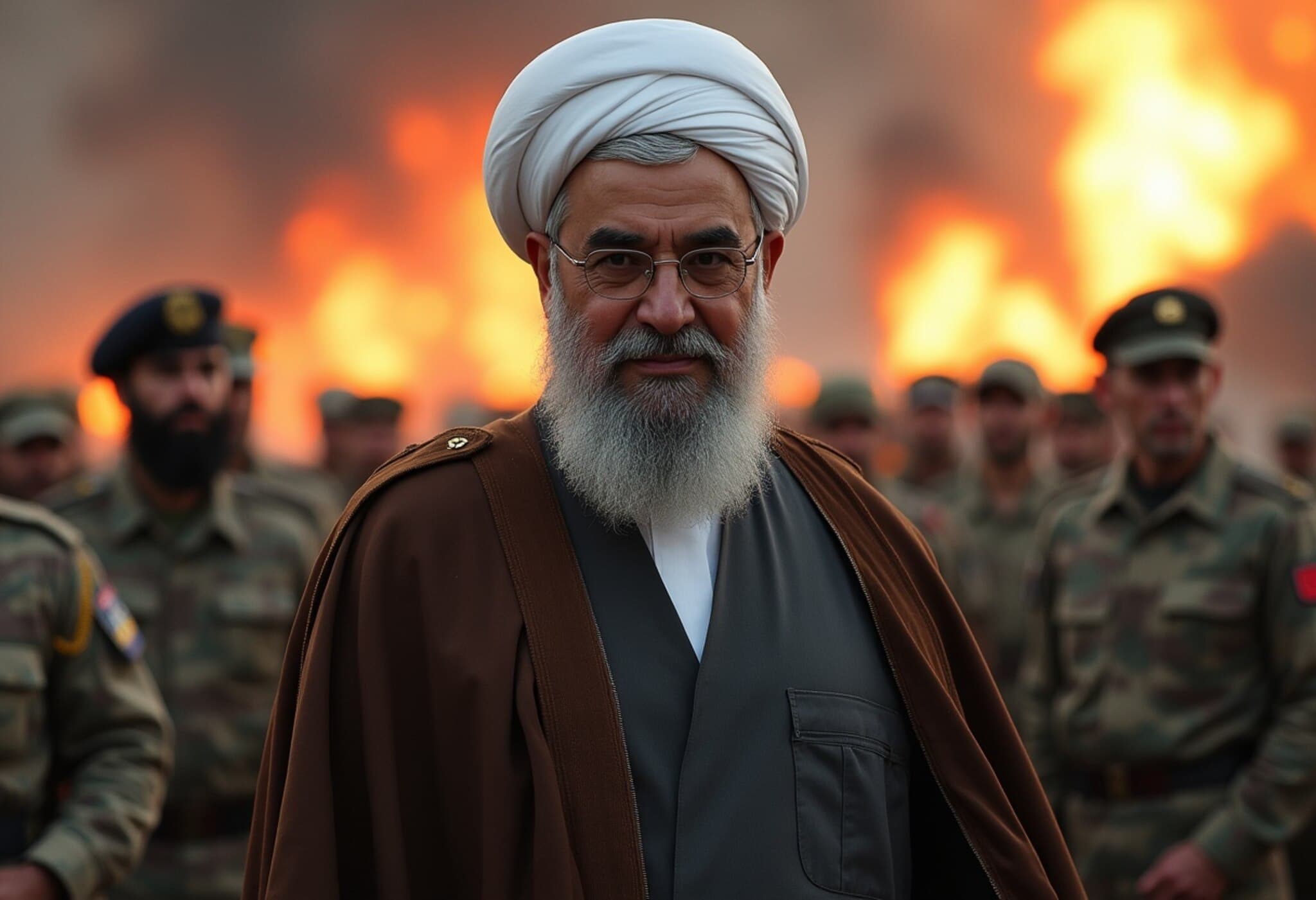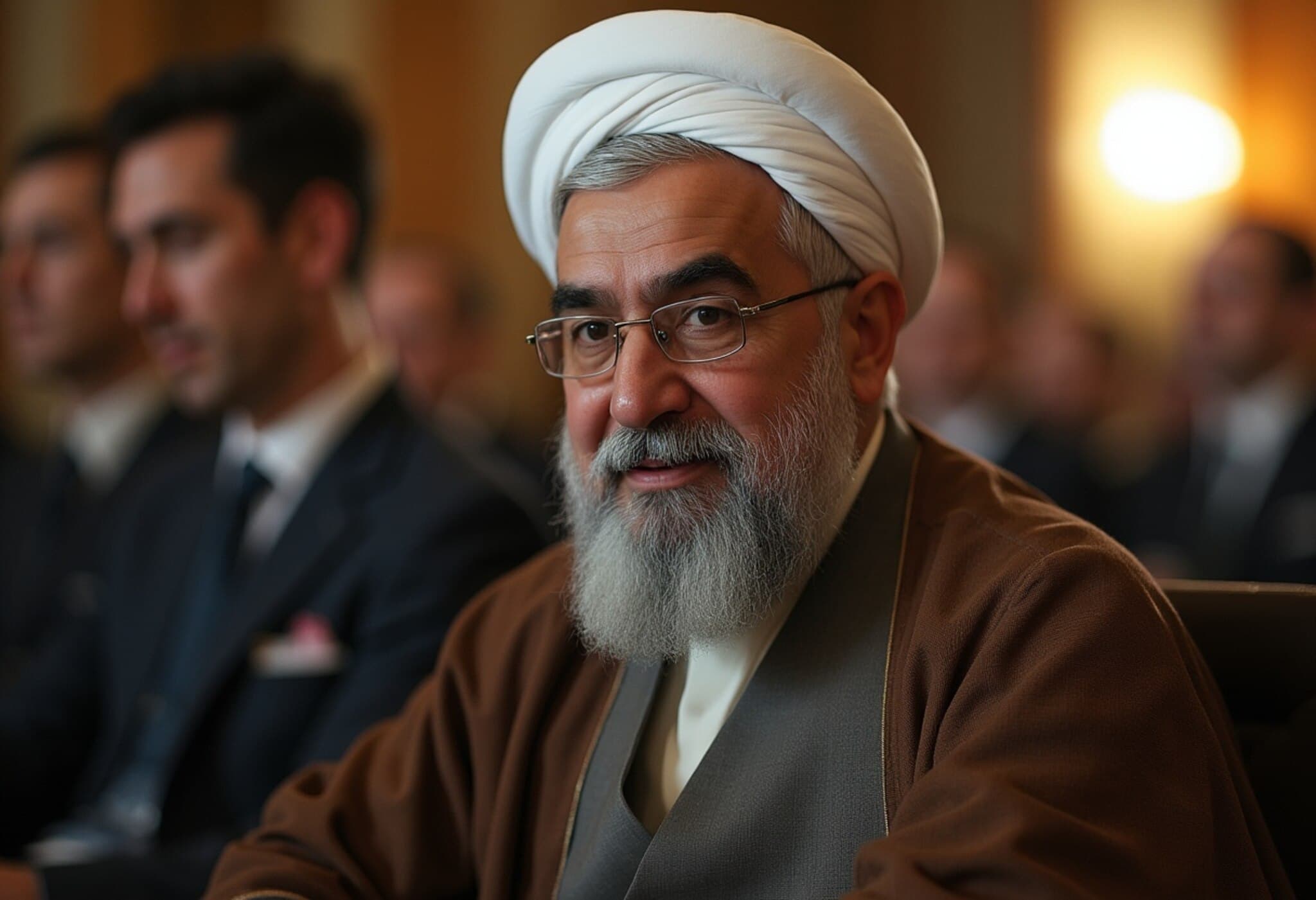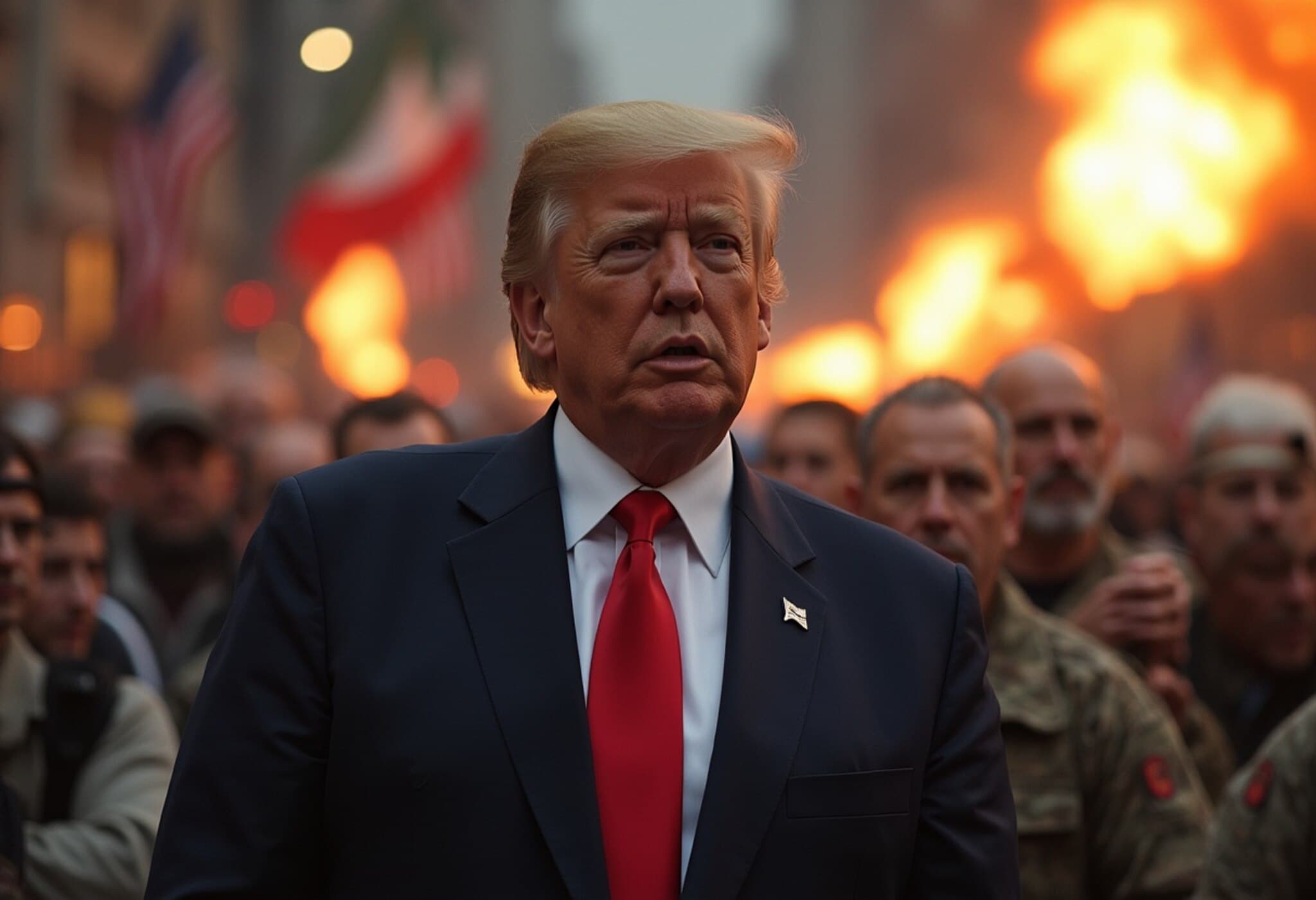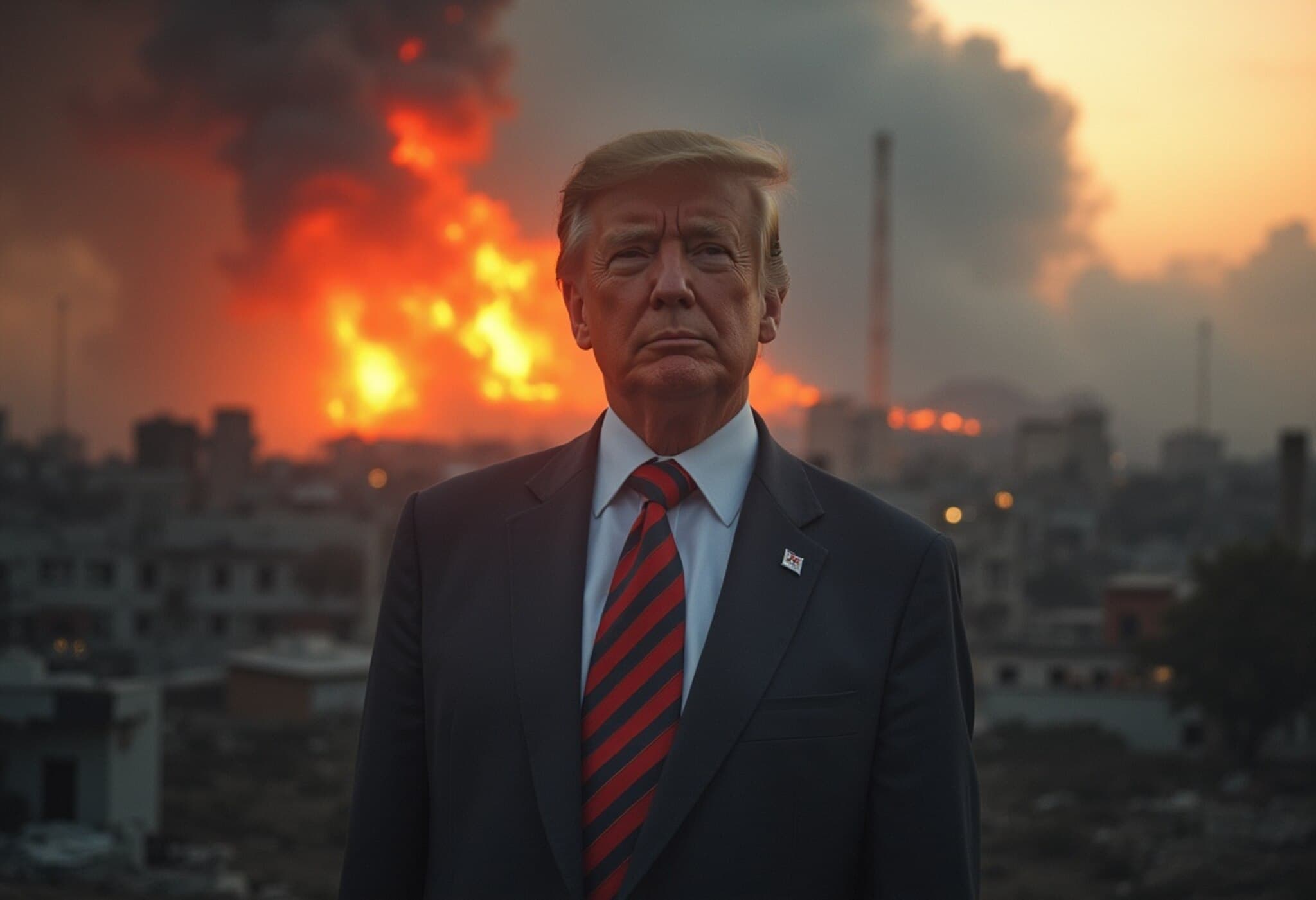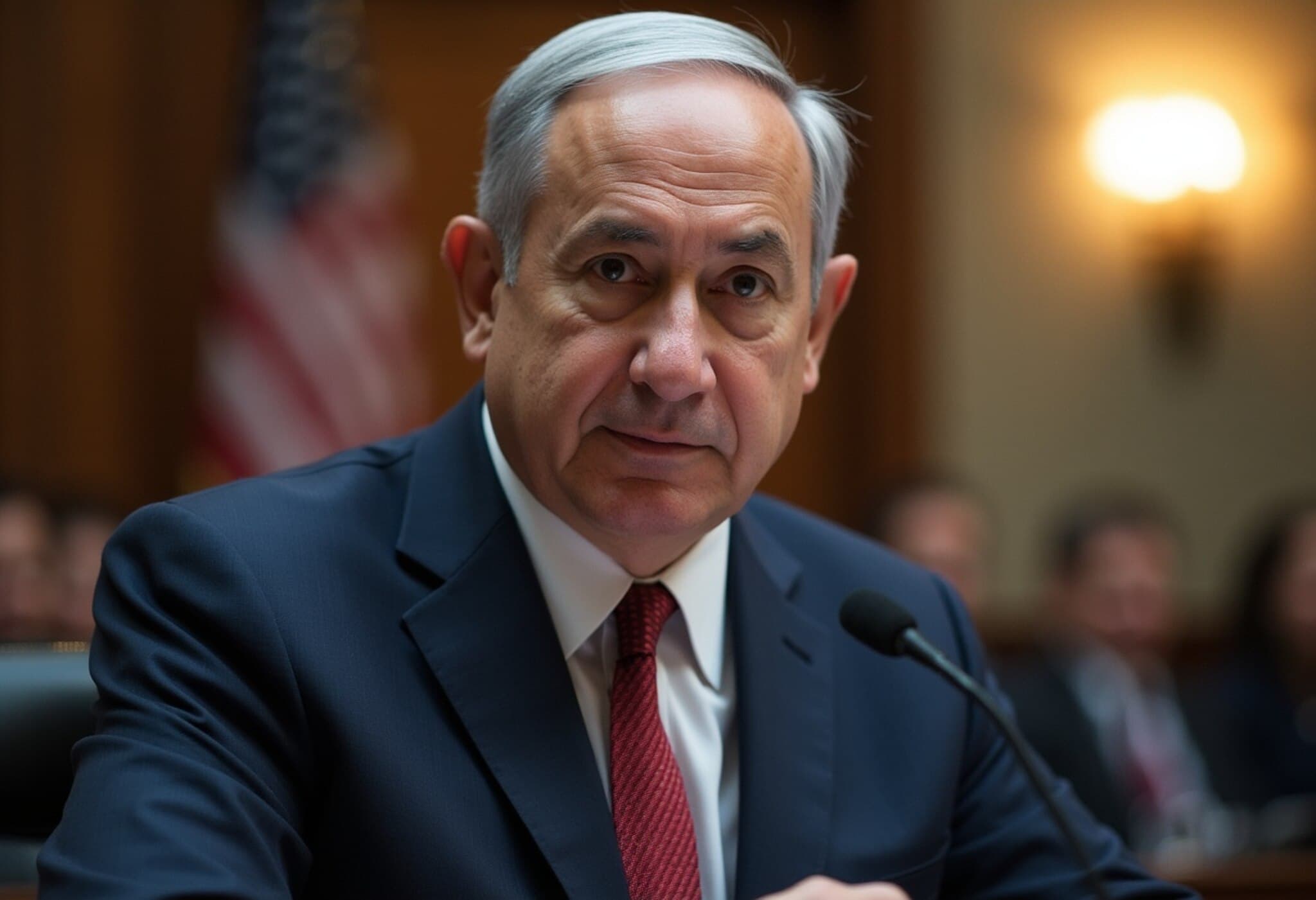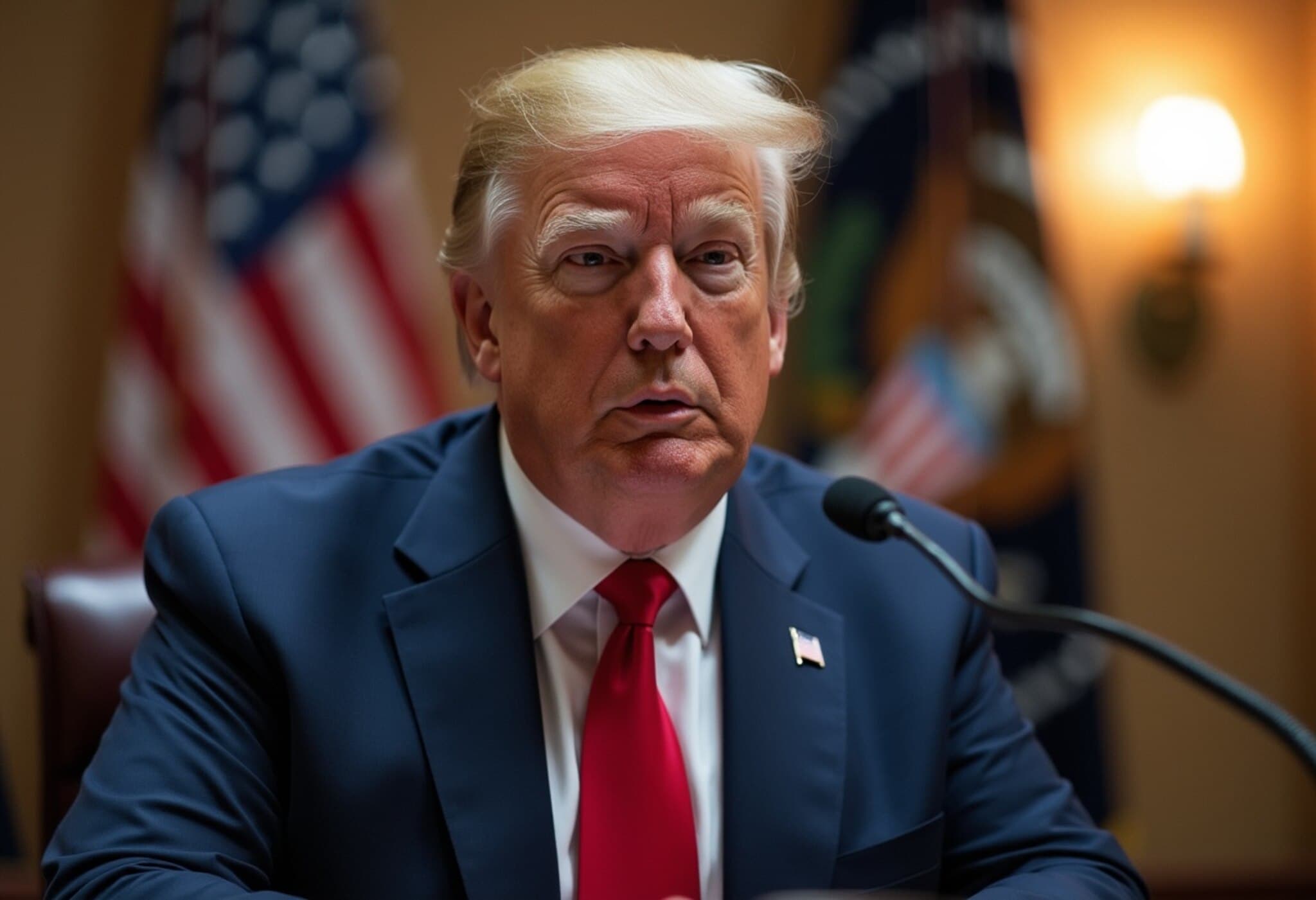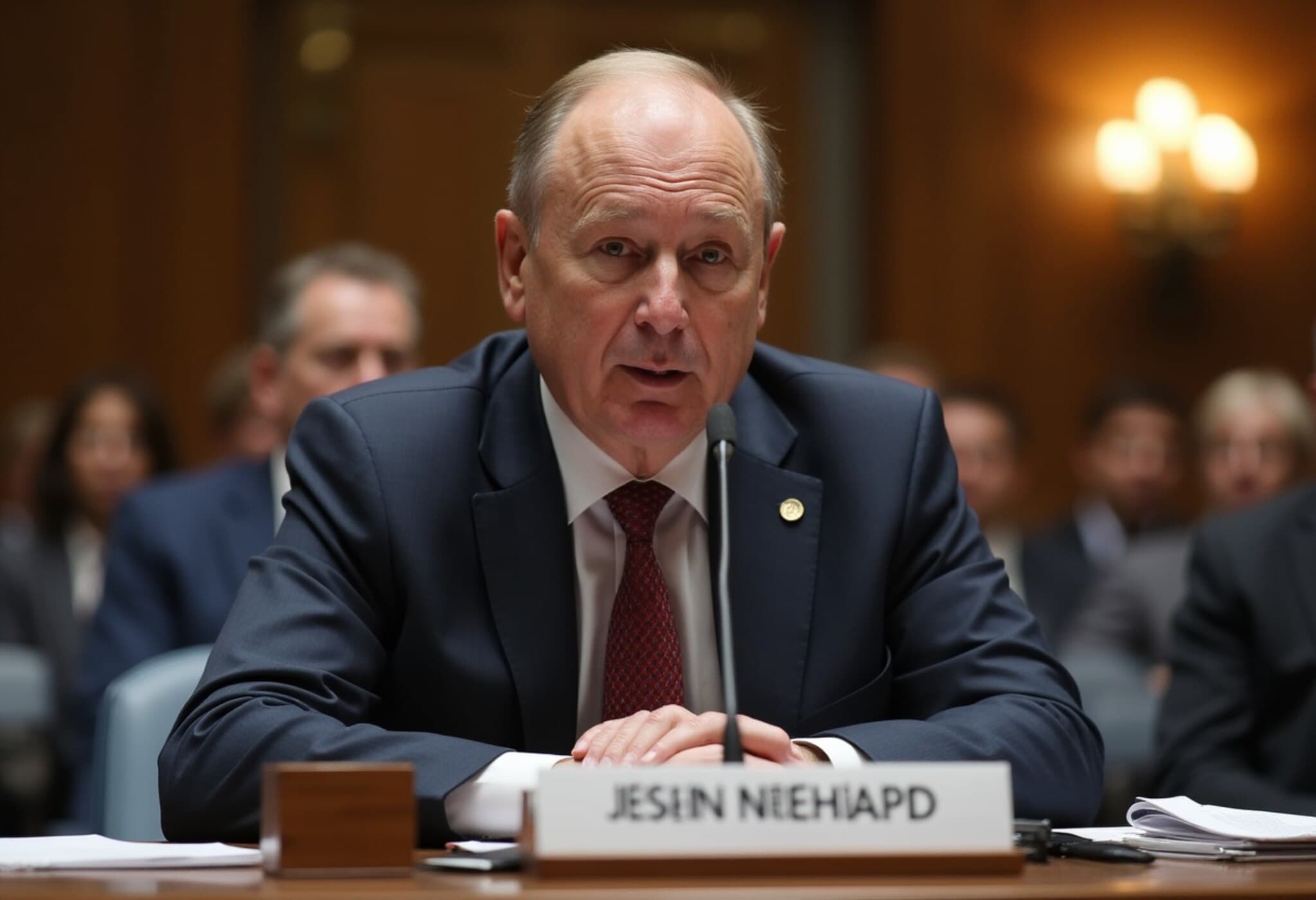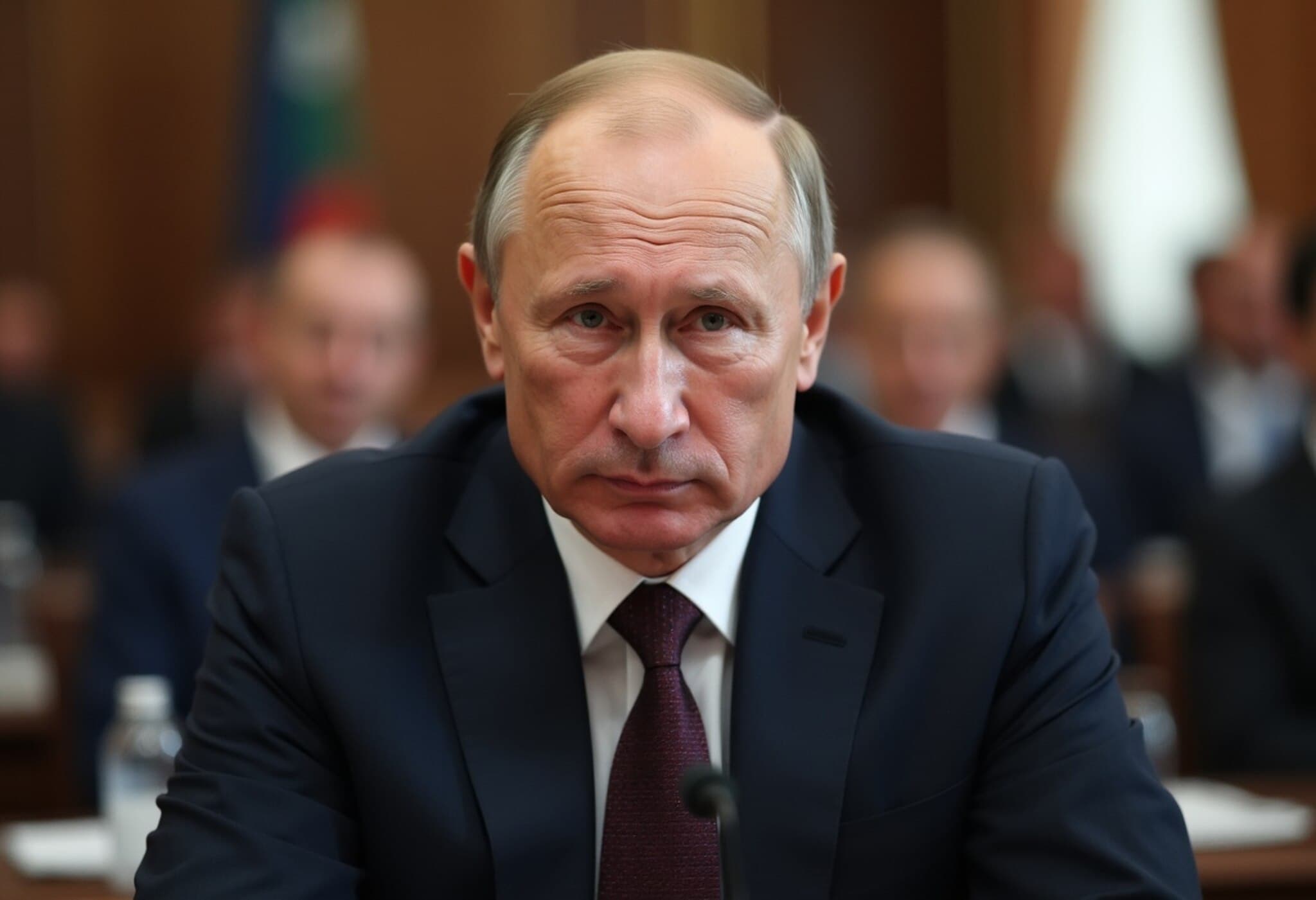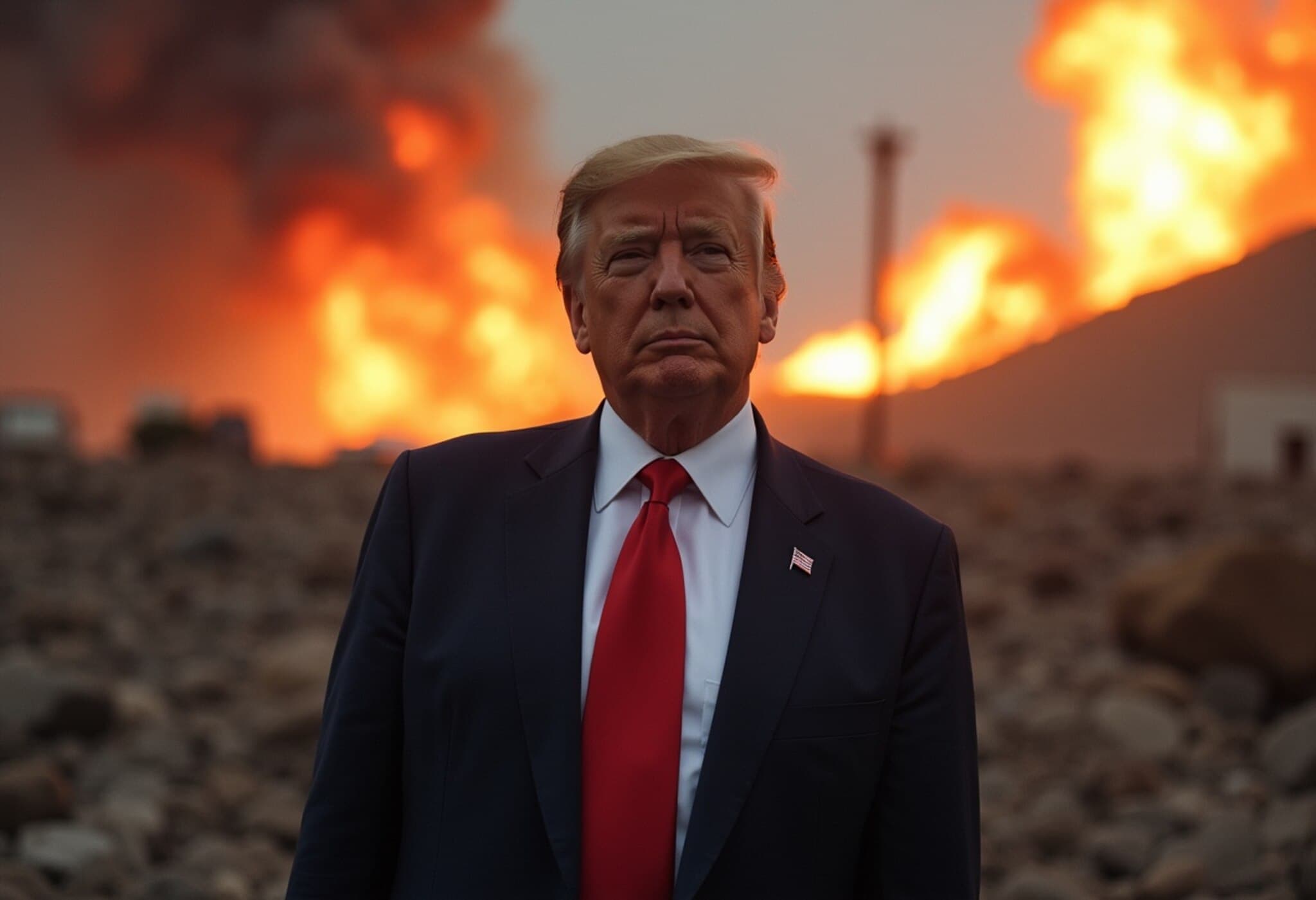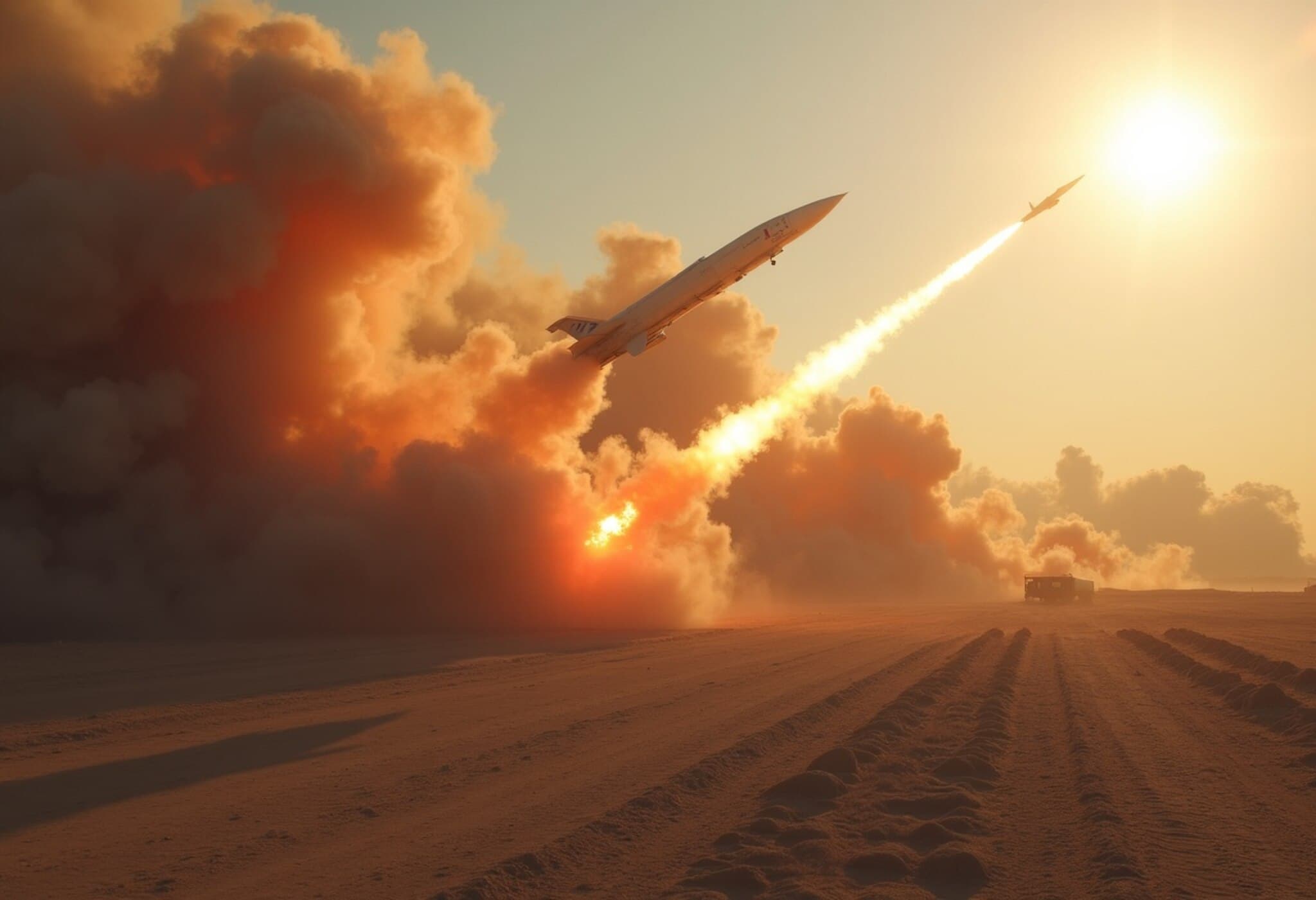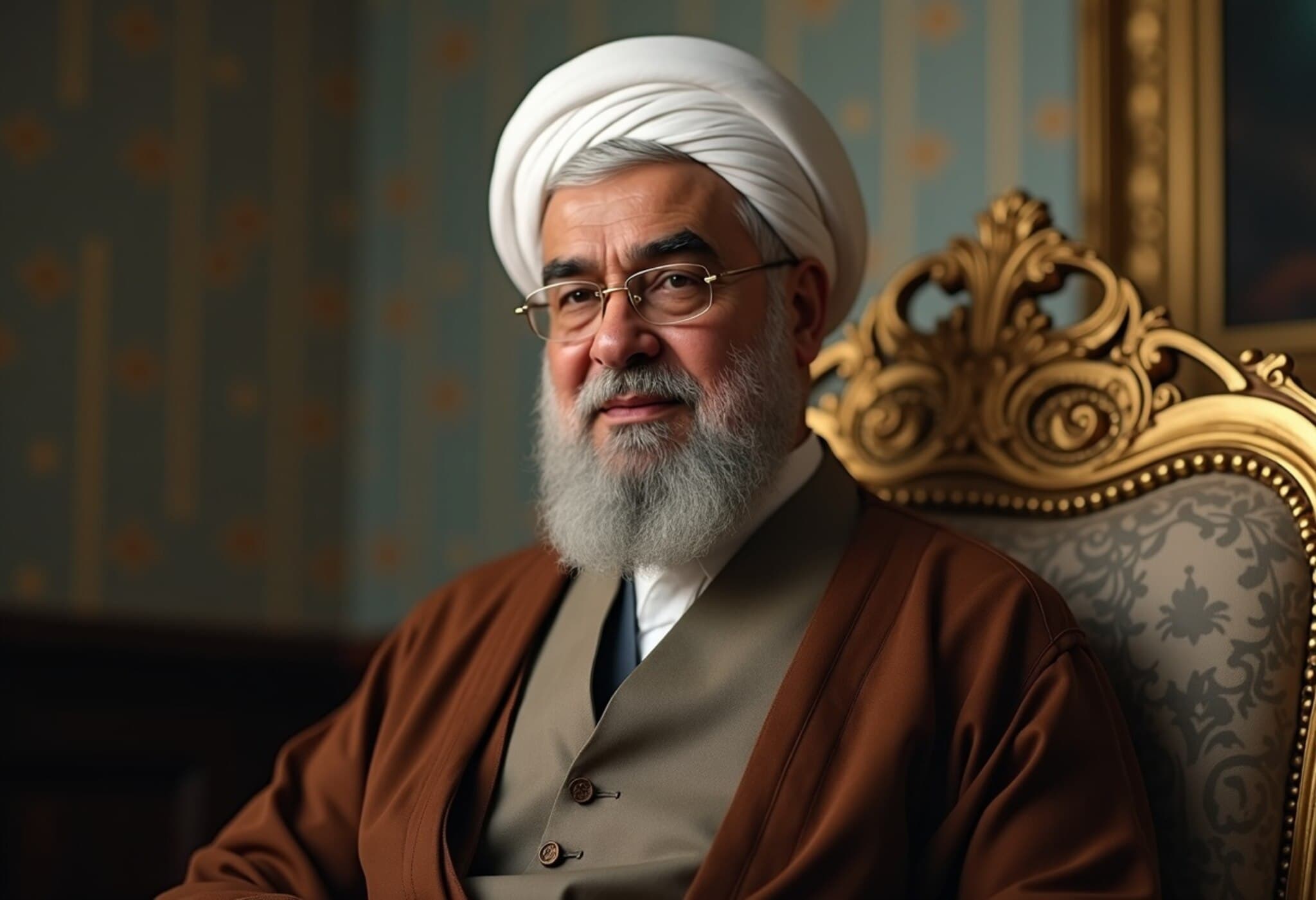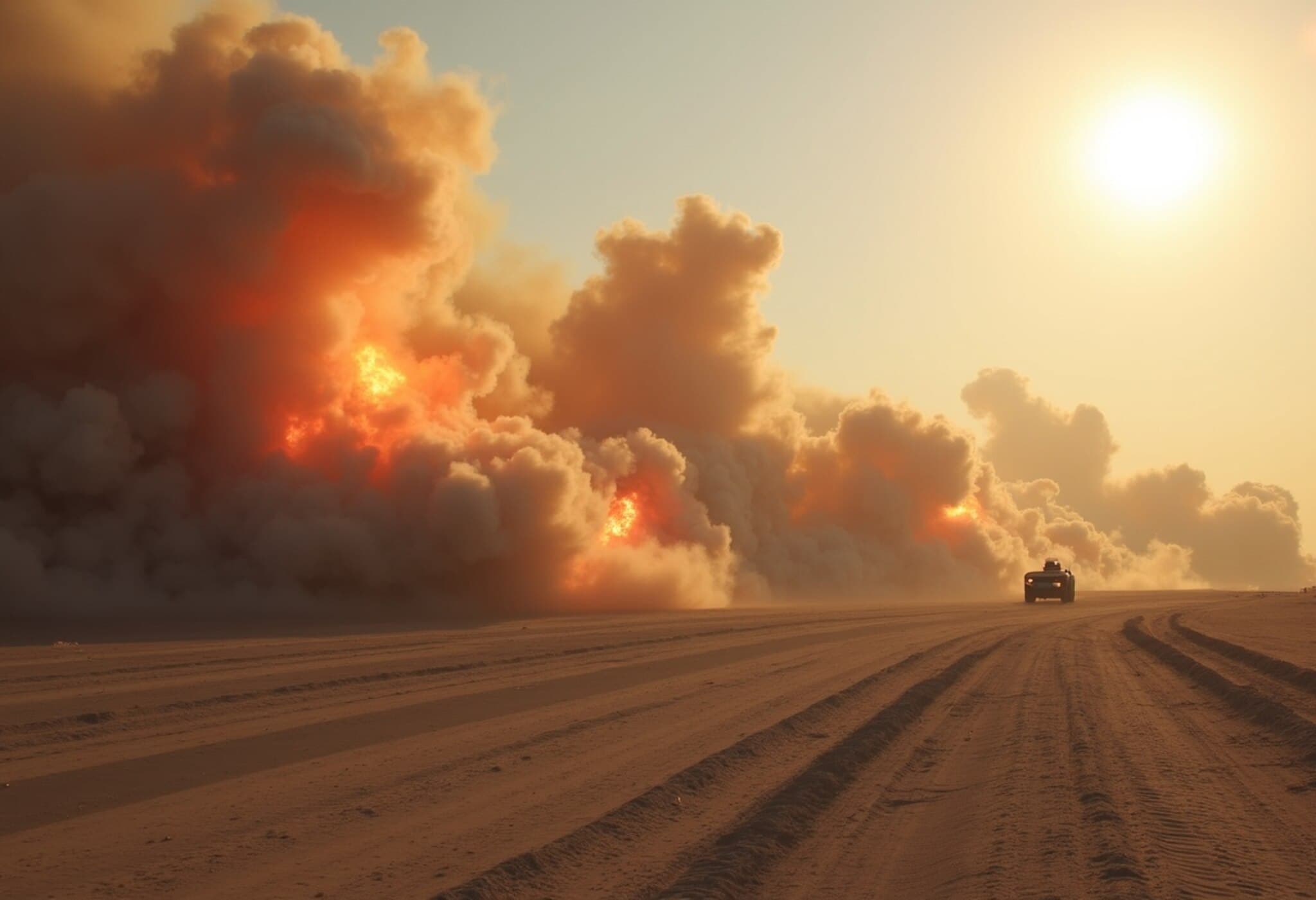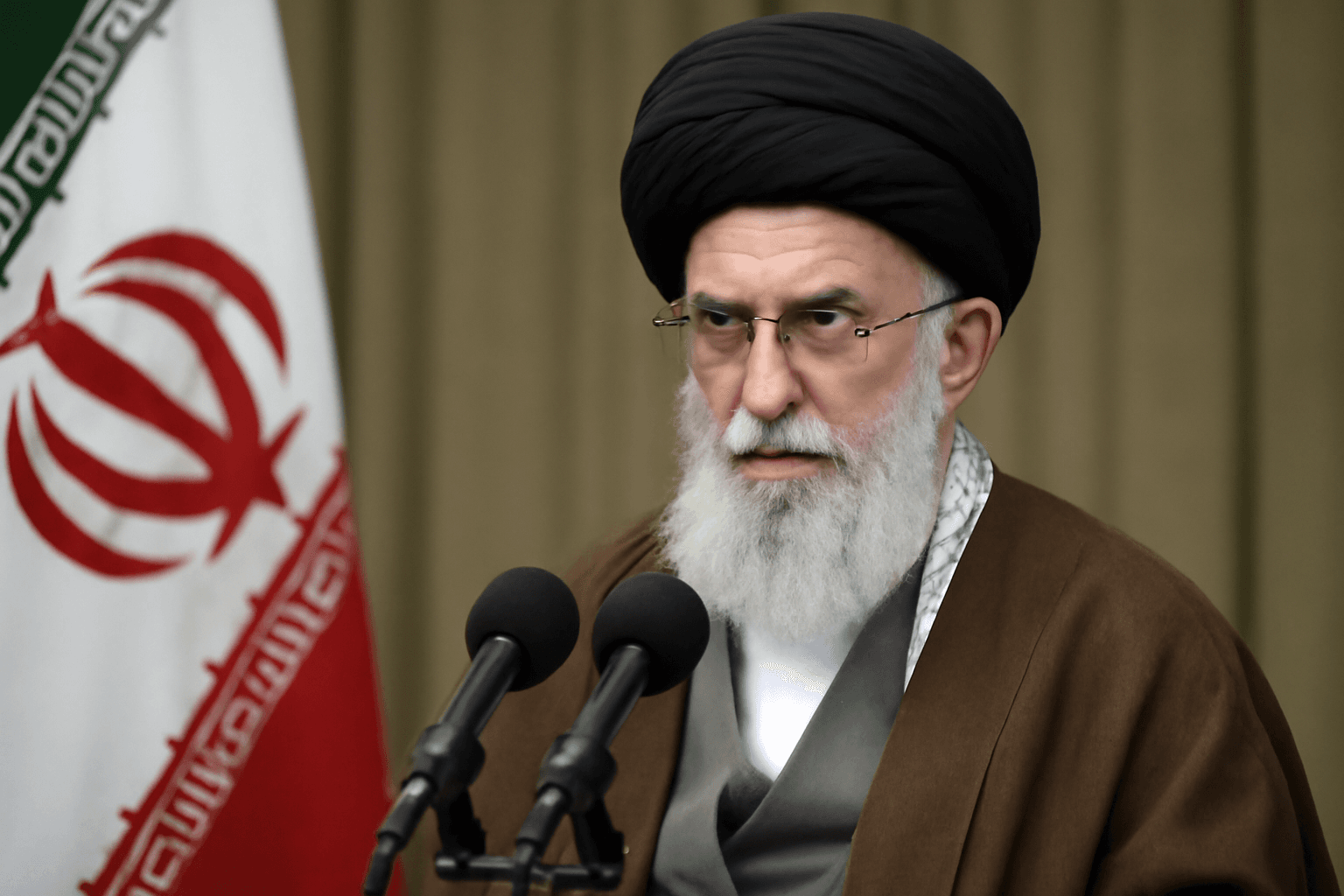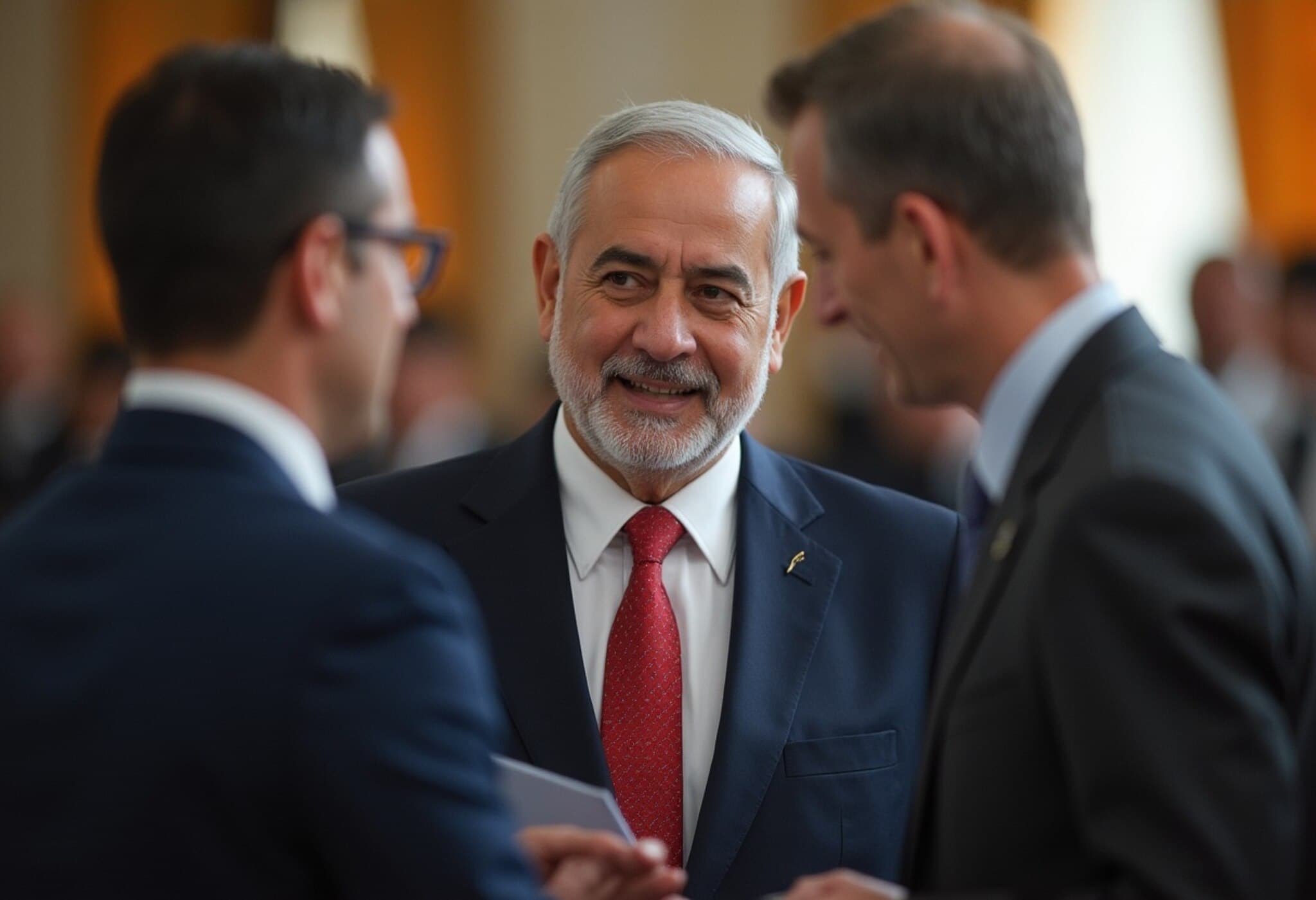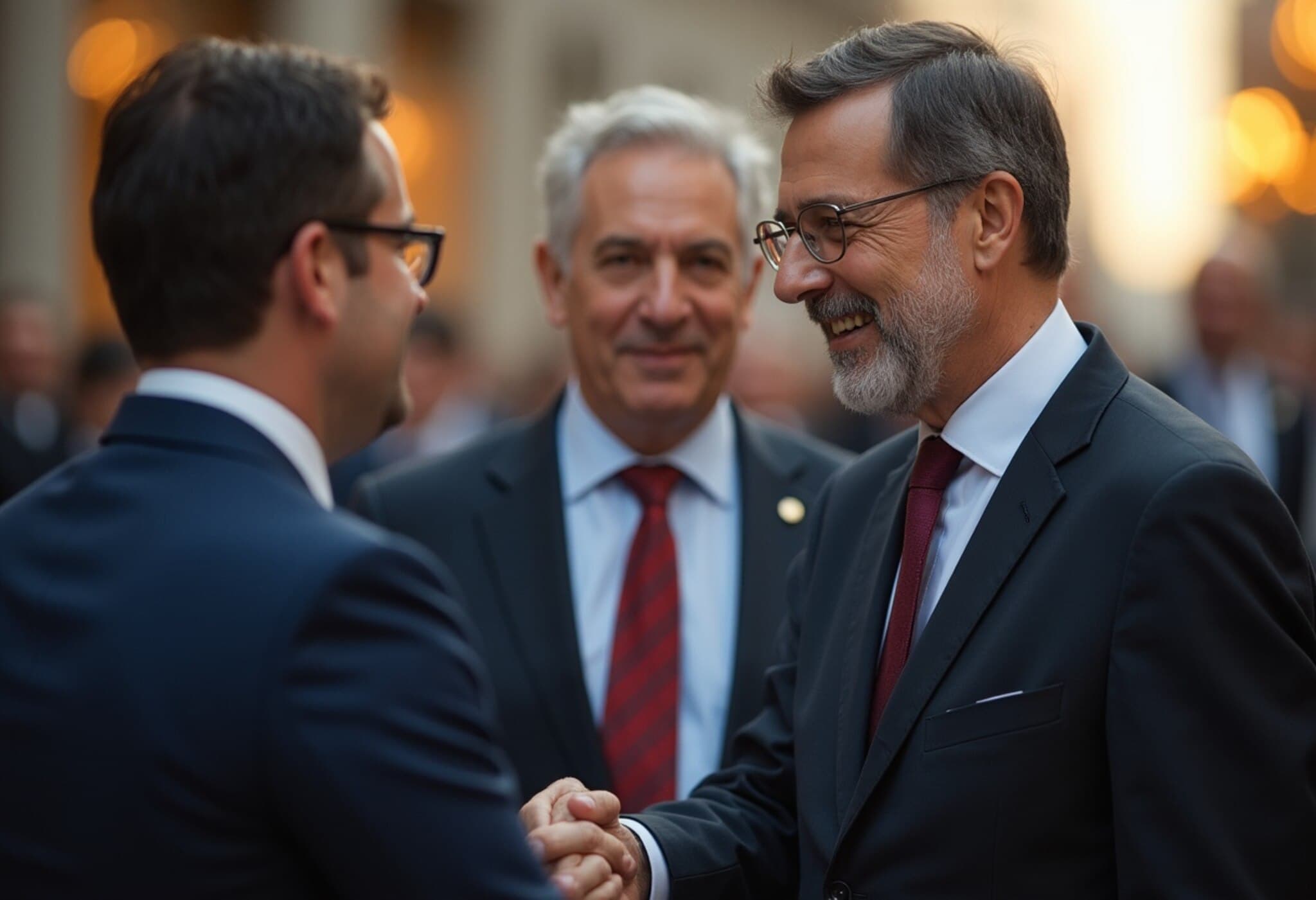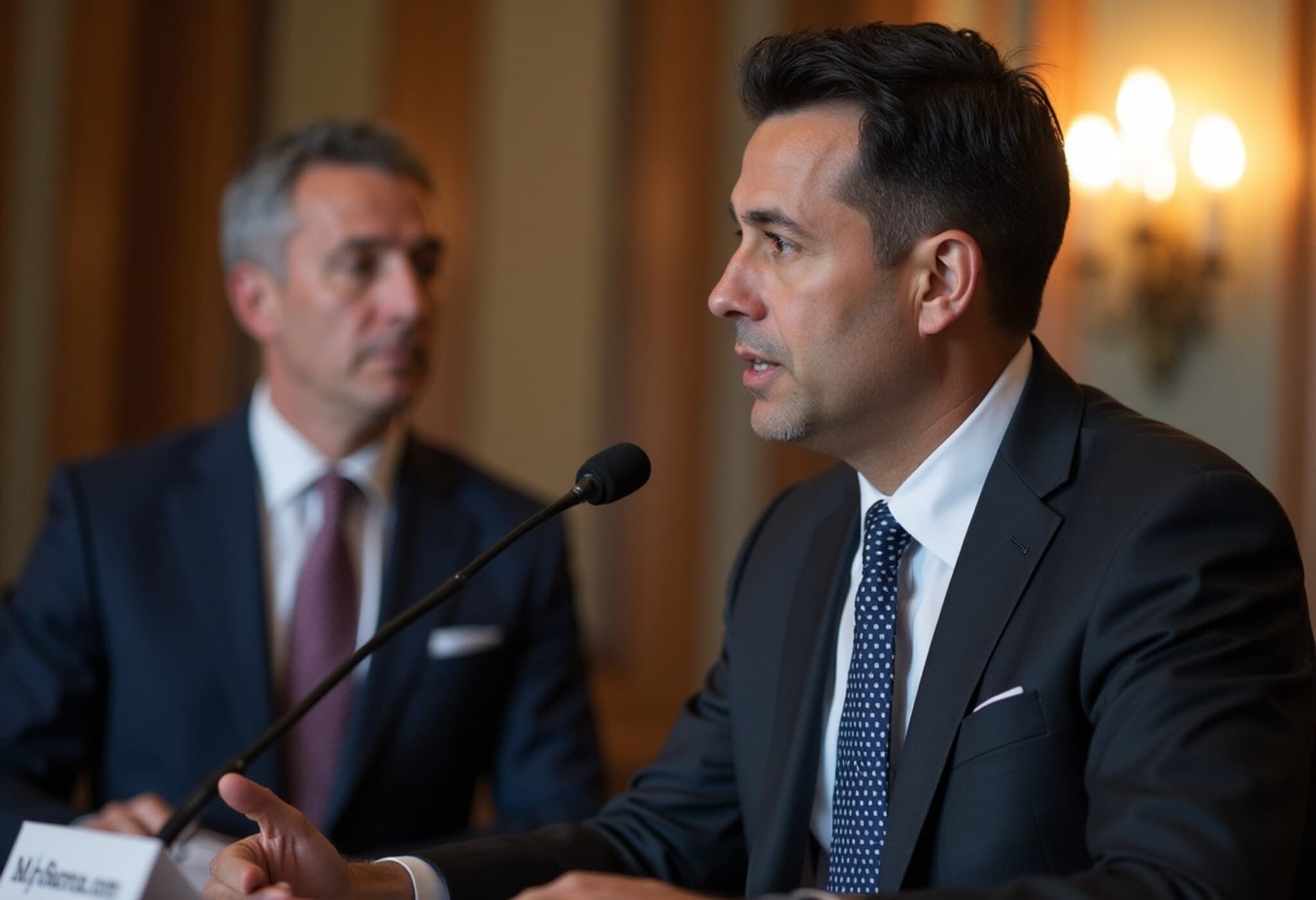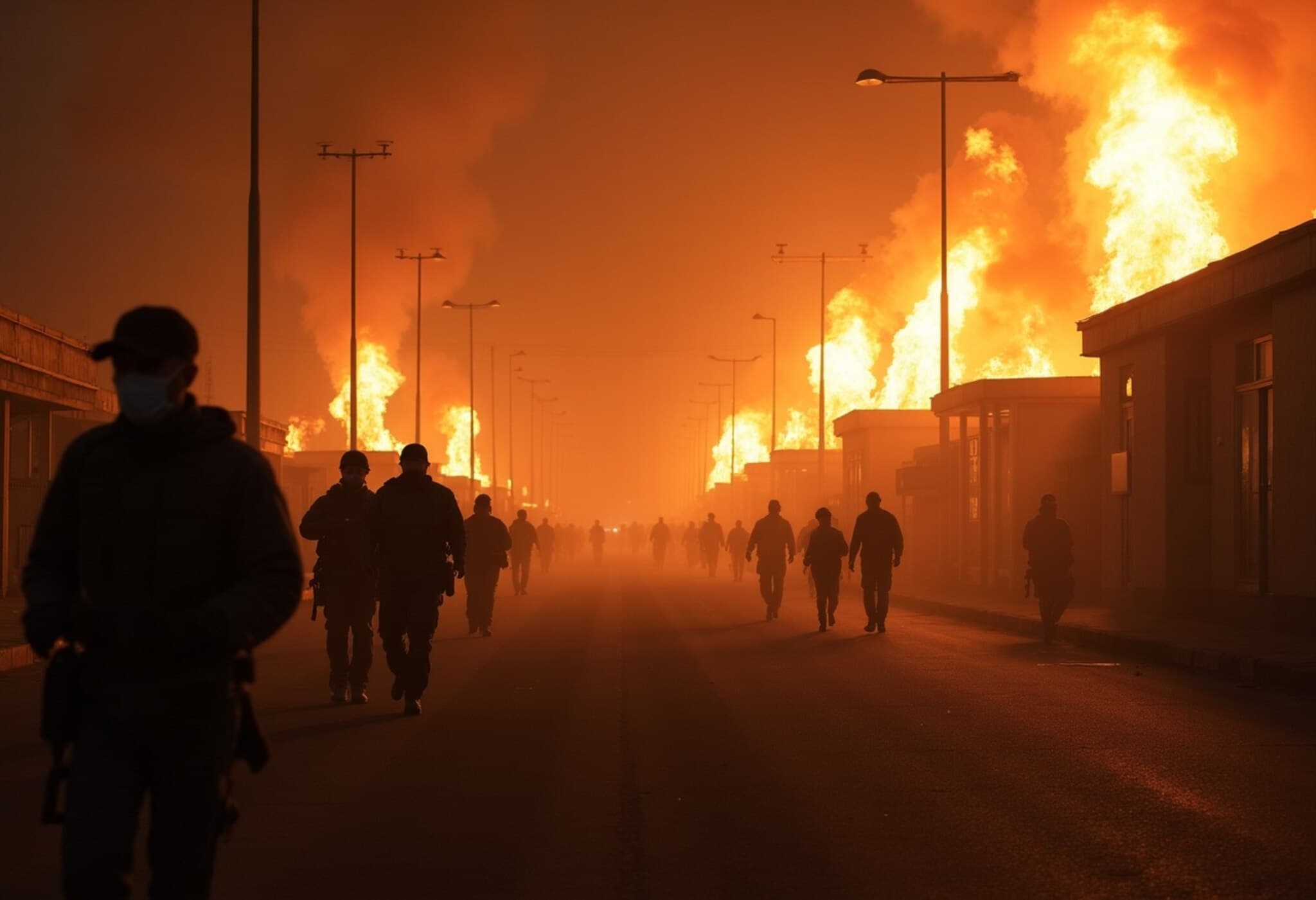Unraveling the Collapse: Iran's Military Leadership Decimated
In a striking and methodical series of airstrikes, Tehran has witnessed the loss of its most vital military and intelligence commanders within just a few hours. The blows were not merely symbolic but surgical, dismantling the core command structure that Ayatollah Ali Khamenei, Iran's 86-year-old Supreme Leader, painstakingly built over three decades.
The Night Tehran's Defenses Crumbled
Just after midnight last Friday, precision Israeli missiles targeted key military and intelligence installations across Tehran. These strikes claimed the lives of Major General Hossein Salami, commander-in-chief of the Islamic Revolutionary Guard Corps (IRGC), and Amir Ali Hajizadeh, the mastermind of Iran’s missile and drone programs, among others. Also lost were General Mohammad Bagheri, the chief of staff of Iran’s armed forces; General Gholam Ali Rashid, who directed joint military operations; and Mohammad Kazemi, head of IRGC intelligence. Within hours, Iran's top-tier leadership was effectively eradicated, delivering what experts describe as the most crippling blow to the Islamic Republic since its founding in 1979.
The Isolation of Iran’s Supreme Leader
Khamenei’s power has long rested on a tightly-knit circle of loyal military commanders, clergy, and intelligence officers—men bound by shared history and unbreakable loyalty. Their sudden loss has left him isolated, cutting away the pillars that upheld his authority. Sources close to the regime reveal that Khamenei’s inner circle was built less on institutional roles and more on personal bonds formed through decades of conflict and revolution.
Now, with his trusted lieutenants gone, the Supreme Leader must rely more heavily on his son, Mojtaba Khamenei. Though he holds no formal title, Mojtaba has increasingly taken on the role of policy coordinator and security overseer, essentially acting as the de facto chief of staff. Veteran figures like Ali Akbar Velayati and Kamal Kharazi remain in advisory capacities but struggle to maintain influence amid the upheaval.
Key Figures Lost: A Blow to Iran's Regional Reach
- Qasem Soleimani (Quds Force Commander, killed in January 2020): Instrumental in orchestrating Iran's regional proxy wars; his death fragmented Iran’s overseas military cohesion.
- Mohsen Fakhrizadeh (Nuclear Program Chief, assassinated November 2020): The scientific linchpin of Iran’s nuclear efforts; his loss dealt a severe intelligence and morale blow.
- Mohammad Hejazi (Deputy Quds Commander, died April 2021): Leader in Hezbollah missile operations; his passing undermined precision strike capabilities.
- Ali Shamkhani (Senior Adviser to Khamenei, died June 14, 2025): A key military and diplomatic strategist bridging clerical leadership and armed forces.
- Hossein Salami (IRGC Commander-in-Chief, killed June 13, 2025): Vital military commander responsible for external wars and domestic control.
- Amir Ali Hajizadeh (IRGC Aerospace Commander, killed June 14, 2025): Architect of missile and drone arsenals, critical to Iran’s retaliation plans.
- Mohammad Bagheri (Armed Forces Chief of Staff, killed June 13, 2025): Oversaw coordination between IRGC and regular army, essential for national defense integration.
- Gholam Ali Rashid (Joint Military Operations Commander, killed June 13, 2025): Responsible for strategic military planning, a key figure in war coordination.
- Mohammad Kazemi (IRGC Intelligence Chief, killed June 13, 2025): Iran’s top spymaster, overseeing internal security and counterintelligence.
- Gholamreza Mehrabi (Deputy Intelligence Head, killed June 13, 2025): Key military intelligence officer coordinating battlefield surveillance.
The Fragmenting Axis: Losses Beyond Iran’s Borders
Iran’s setbacks extend regionally, with the deaths of pivotal allies further weakening its influence. Hezbollah Secretary-General Hassan Nasrallah was killed in an Israeli airstrike in Beirut last September, removing a major proxy leader and deterrent force. In Syria, President Bashar al-Assad was ousted and subsequently killed in December 2024 after years of civil war — a collapse that severed Iran's strategic foothold and disrupted critical arms and logistics routes.
These losses have left the so-called “Axis of Resistance” in disarray, with Iran’s regional proxies scattered and supply lines fractured. The diminished deterrence capacity weakens Iran’s posture and places significant strategic advantage in the hands of its adversaries. For many observers, this signals a precarious shift in Middle Eastern power dynamics.
What Lies Ahead for Iran?
Despite public displays of defiance—missile strikes against Israeli targets and fiery speeches vowing retaliation—the regime is grappling with profound internal challenges. The new military leaders lack their predecessors’ battle-hardened experience, and the intelligence community faces disorientation. Traditionally sidelined elements, like the regular army, may be thrust into more prominent roles, complicating command structures further.
At the center of this turmoil stands Mojtaba Khamenei, an influential yet untested figure thrust into crisis management. For Ayatollah Khamenei, survival remains paramount, transcending ideology and diplomacy. But with his trusted circle shattered, executing this survival strategy has become an uphill battle. As insiders note, the Supreme Leader remains cautious yet increasingly isolated, facing an uncertain future amid rising regional tensions.

